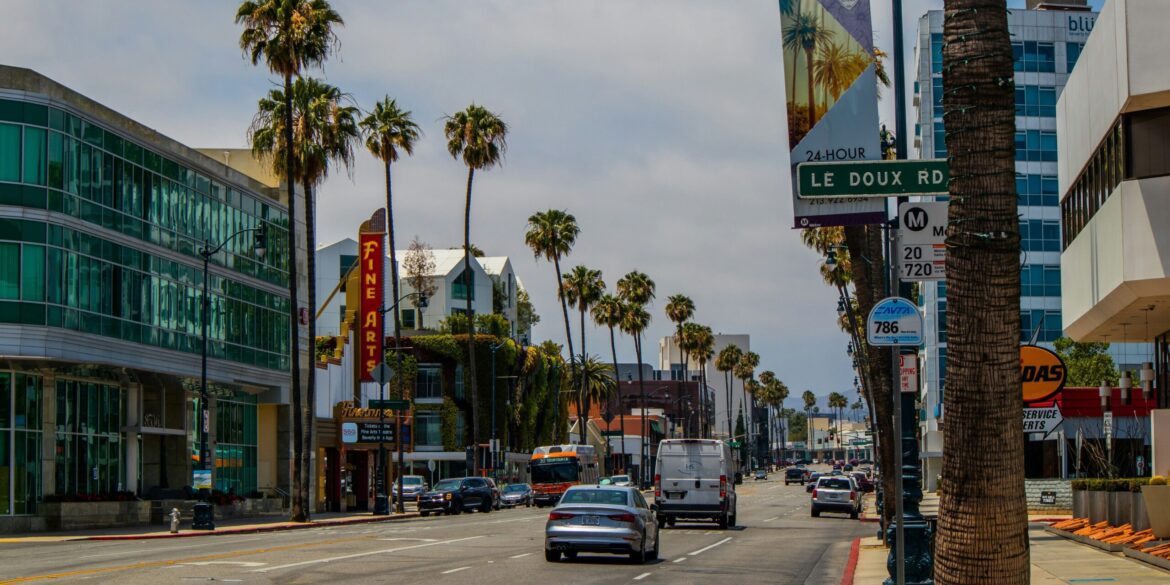Santa Monica, CA – In a landmark move aimed at revitalizing one of Southern California’s busiest outdoor retail and dining hubs, Santa Monica City Council approved the creation of an “Entertainment Zone” along the iconic Third Street Promenade. This new initiative, which officially launched on May 20, 2025, permits outdoor alcohol consumption within designated sections of the promenade, sparking both enthusiasm and concern among residents, business owners, and city officials.
What is the Entertainment Zone?
The Entertainment Zone (EZ) is a specially designated area along Third Street Promenade where patrons of participating businesses can carry and consume alcoholic beverages outdoors, within clearly marked boundaries. The policy aligns with Santa Monica’s broader efforts to boost local tourism and support businesses still recovering from pandemic-related downturns.
“We envision the Entertainment Zone as a safe, vibrant space where locals and visitors alike can enjoy outdoor dining and social experiences in a responsible way,” said City Council Member Laura O’Connor. “By regulating and confining alcohol consumption to specific areas, we aim to strike a balance between economic vitality and public safety.”
Historical Context and Economic Motivation
Third Street Promenade is a pedestrian mall famous for its combination of shops, restaurants, and cultural events, attracting millions annually. However, in recent years, many businesses reported decreased foot traffic and revenues due to competition from online retail and shifting consumer behaviors. The COVID-19 pandemic further exacerbated these challenges.
The Entertainment Zone concept mirrors successful models in cities like Austin, Texas, and parts of New Orleans, where controlled outdoor alcohol consumption has become part of the social fabric and a draw for visitors.
Local businesses had lobbied intensively for the measure. “We need to bring energy back to the Promenade,” said Maria Hernandez, owner of a popular café. “Allowing outdoor drinks will keep customers here longer, which helps not just us but the entire block.”
Community Concerns and Public Safety
Not everyone is on board. Several community groups voiced concerns at recent city hearings about noise, litter, and potential public intoxication. Nearby residents worry the new policy could lead to increased disturbances during late-night hours.
“Our neighborhood is quiet and family-friendly,” said Tom Baker, a longtime resident. “We support business, but we don’t want to sacrifice our quality of life. The city must ensure strict enforcement of alcohol rules.”
The Santa Monica Police Department has pledged enhanced patrols and collaboration with business owners to mitigate risks. “We’re taking a proactive approach,” said Police Chief Sarah Martinez. “Our officers will monitor the zone closely, especially during weekends and special events, to address any issues swiftly.”
Implementation and Oversight
To qualify for participation, businesses must obtain a special license and adhere to strict guidelines regarding serving practices, hours of operation, and responsible consumption education. The city will review the program quarterly, collecting data on incidents and community feedback.
Initial reports indicate that the launch weekend saw enthusiastic crowds but no major disruptions. City officials plan a formal review after 90 days to evaluate the zone’s impact and consider adjustments.
Broader Cultural Implications
Culturally, the Entertainment Zone reflects evolving social norms in Southern California, where outdoor socializing and vibrant nightlife are integral to the region’s identity. By enabling controlled alcohol consumption in public spaces, Santa Monica positions itself alongside other cities adapting to modern urban lifestyles.
This initiative also aligns with efforts to reduce indoor crowding and promote outdoor dining as a healthier, more socially-distanced option amid ongoing public health concerns.
Conclusion
Santa Monica’s Entertainment Zone on Third Street Promenade marks a significant shift in public policy balancing economic recovery and community interests. Its success will depend on careful enforcement, community engagement, and willingness to adapt based on real-world outcomes.
Residents and visitors alike are encouraged to provide feedback to the city council as this pioneering program evolves.

